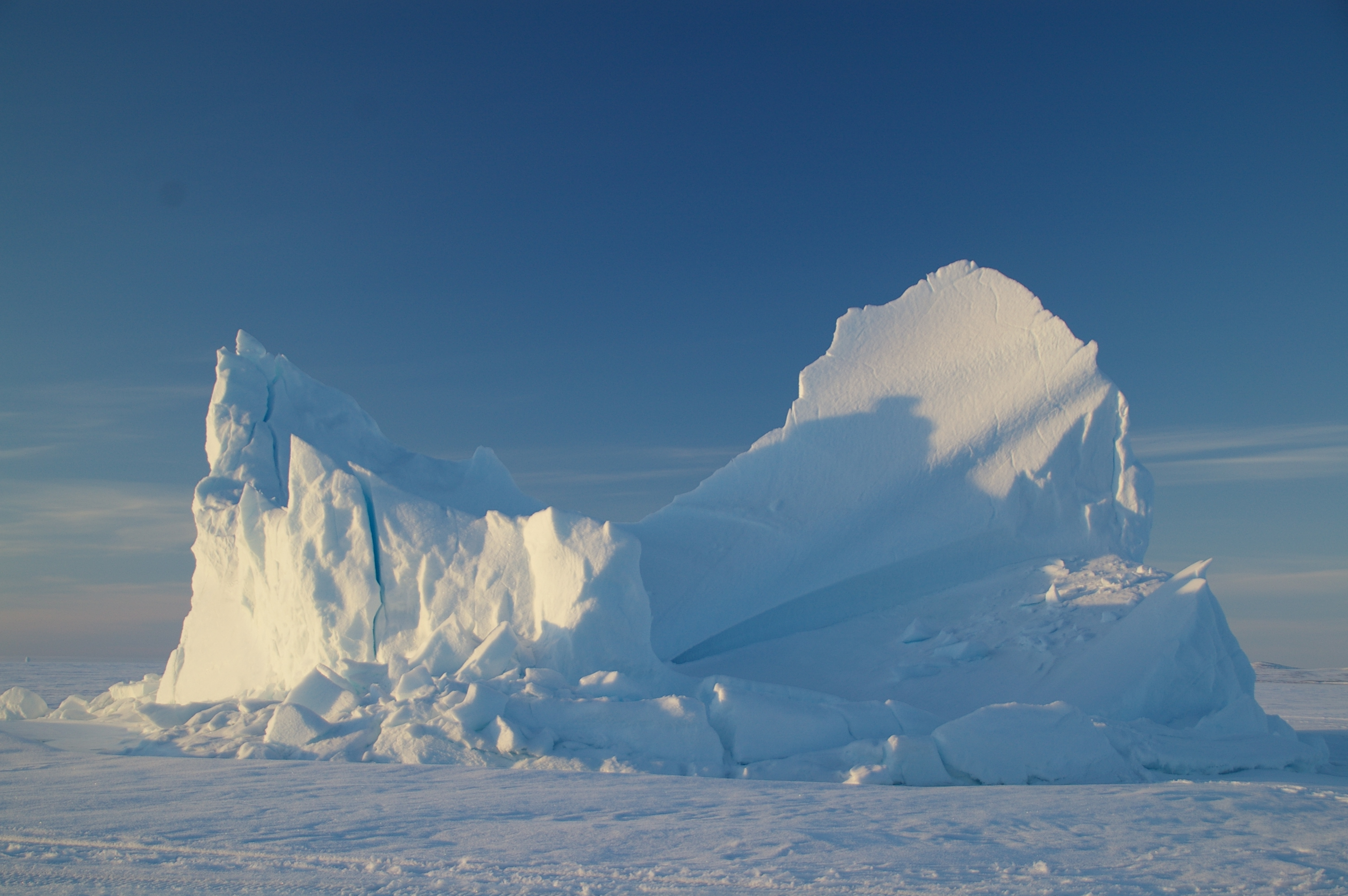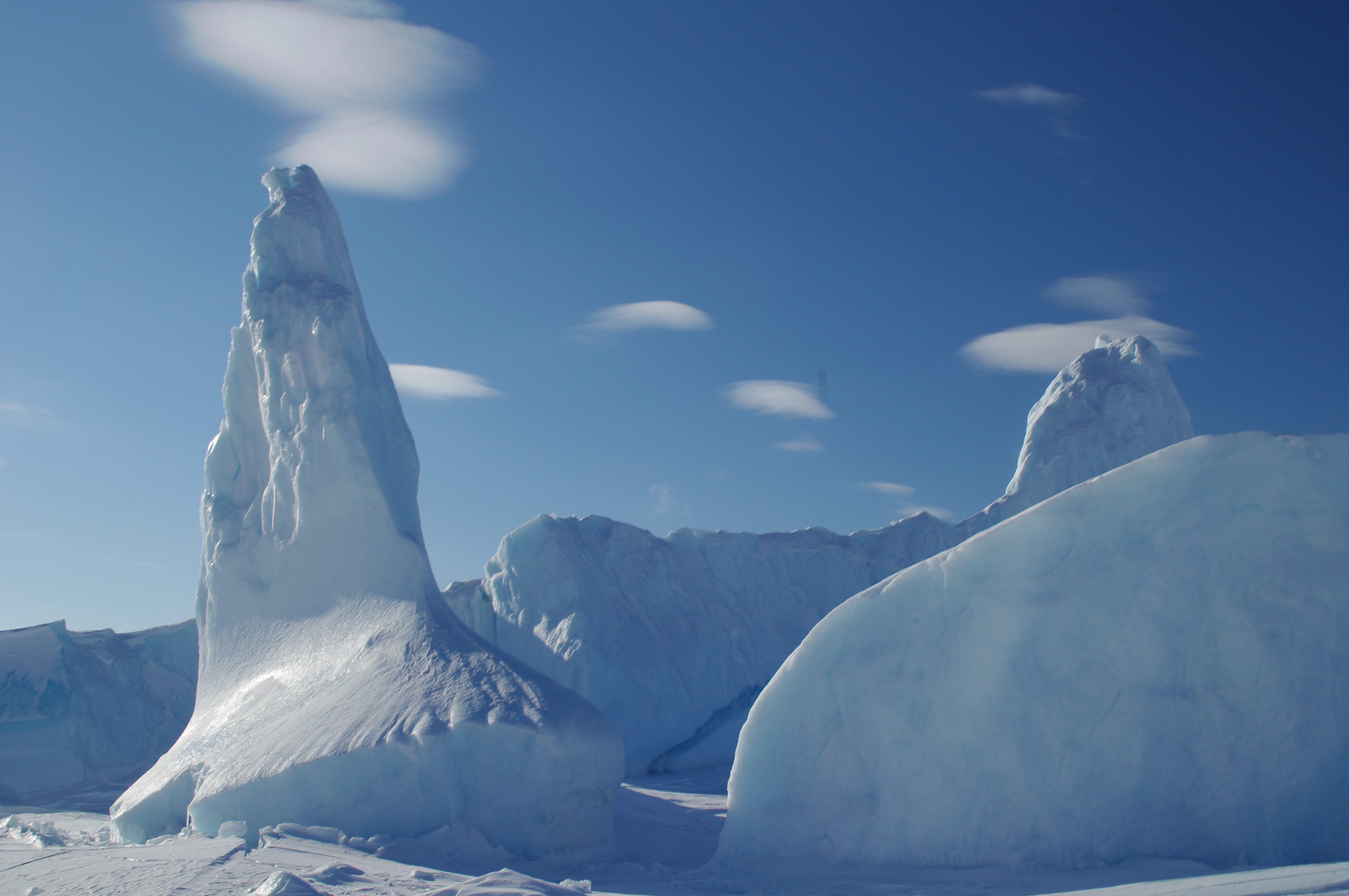In Praise of Icebergs
Published by Ocean Conservancy
Most of us know at least two things about icebergs: First, 90% of an iceberg is underwater. Second, an iceberg sank the Titanic. Yet neither of these facts prepare you for the stunning variety and beauty of icebergs in the wild.
In the northern hemisphere, most icebergs come from Greenland—specifically from the Jakobshavn Glacier. This (the most productive glacier outside Antarctica) is midway up the west coast of the island, next to the town of Ilulissat, whose name actually means “icebergs” in Greenlandic. Once the ice breaks off of the glacier, the icebergs are carried north in the West Greenland Current and then south on the Canadian side of Baffin Bay. Some eventually reach Newfoundland and beyond, intersecting transatlantic shipping lanes such as the one used by the world’s most famous doomed ocean liner.
Love Icebergs?
All of this means that the east side of Baffin Island is a great place to see icebergs up close, as was my good fortune recently. Because so much of the iceberg is below the waterline, they can easily run aground even in comparatively deep water. Once stuck, the icebergs may stay in one place for a while. In winter, they can also be held in one spot when the surrounding seawater freezes. If the iceberg is sitting on the seabed, however, it will stay put while tides move the sea ice up and down, creating a rift that may be dangerous for anyone going close.
For Inuit living in the region, icebergs are a valued source of freshwater. Chip off a chunk of ice, let it melt and you have pristine water that many prefer to what comes out of a tap. The ice itself may have been frozen for thousands of years, since well before the Bronze Age put heavy metals into the world’s atmosphere, and before the industrial era spread even more pollutants around the globe. For this reason, scientists drill into ice sheets to extract cores containing air bubbles that hold air from the distant past. These samples can be compared with present-day air to quantify the recent rise in pollution and also carbon dioxide.


On a happier note, icebergs create their own mini-ecosystems as they melt. The freshwater from an iceberg floats atop the salt water of the ocean, forming a refuge for many marine creatures and fostering the growth or feeding of many others. Icebergs also make nice perches for seabirds. They are usually too high for seals to climb on, but large icebergs with low shelves or very small bergs may be suitable.
Because icebergs hold so much freshwater, many people have wondered whether they could provide water for arid areas of the world. One problem is that a great deal of towing power would be required to move a large iceberg. Another problem is that arid areas are generally far from the sources of icebergs, and towing an iceberg through warm water would leave little ice by the time the destination was reached. Still, the idea persists in popular imagination and in some serious planning for water supplies in several parts of the world.
Back in Baffin Bay, the potential hazards and uses of icebergs seem far away. They are simply features of the seascape, differing from year to year, each one beautiful in its own way.


The post In Praise of Icebergs appeared first on Ocean Conservancy.
Read the full article at: https://oceanconservancy.org/blog/2019/04/30/in-praise-of-icebergs/


